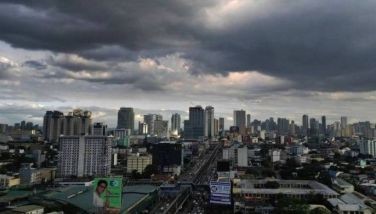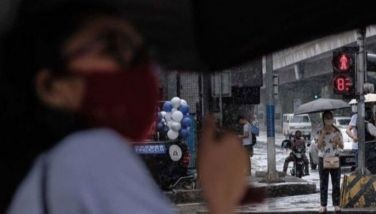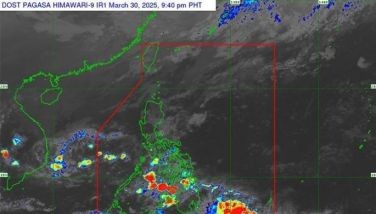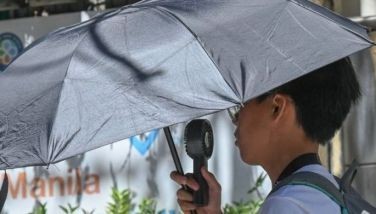'Amihan' season ends: Expect hotter days ahead
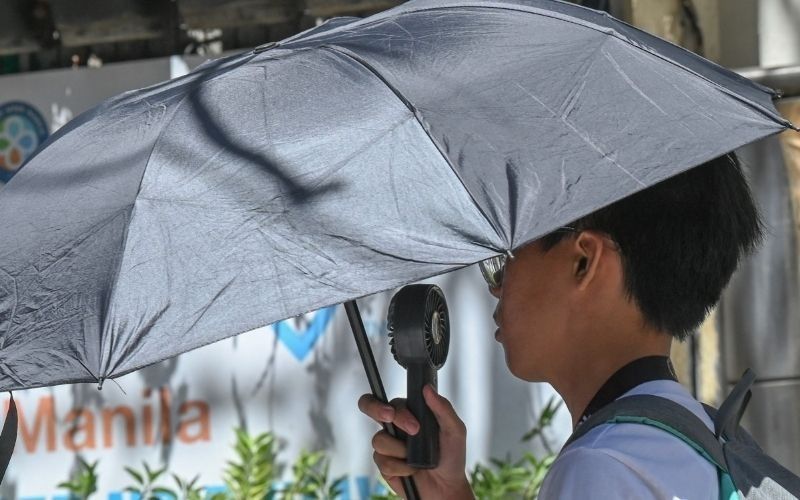
MANILA, Philippines — The season of the northeast monsoon or “amihan” has ended, marking the start of warmer days across the country, state weather bureau PAGASA said.
Changes in wind patterns—shifting from northeasterly to easterly winds—indicate a transition from amihan, characterized by colds winds coming from the northeast portion of the country. The monsoon primarily affects the eastern portion of the Philippines.
A high-pressure area in the Northwestern Pacific has contributed to these changes, bringing clearer skies.
Dry season begins
The end of the northeast monsoon signals the onset of the dry season in most parts of the country.
"With this development, the day-to-day weather across the country will gradually become warmer, though isolated thunderstorms are also likely to occur," PAGASA said.
State meteorologists advised Filipinos to take precautionary measures against heat stress as temperatures rise.
In March alone, several areas recorded dangerous heat indexes, prompting some schools to suspend classes.
Impact of El Niño. The Philippines experienced extreme temperatures in 2024 due to the El Niño phenomenon, which caused significant agricultural losses amounting to at least ?9.5 billion.
As warmer conditions set in this year, PAGASA advises the public to drink plenty of water, wear light clothing, and limit exposure to direct sunlight.
Despite transitioning into the dry season, isolated rain showers and thunderstorms remain possible in certain regions during afternoons or evenings.
- Latest
- Trending





















